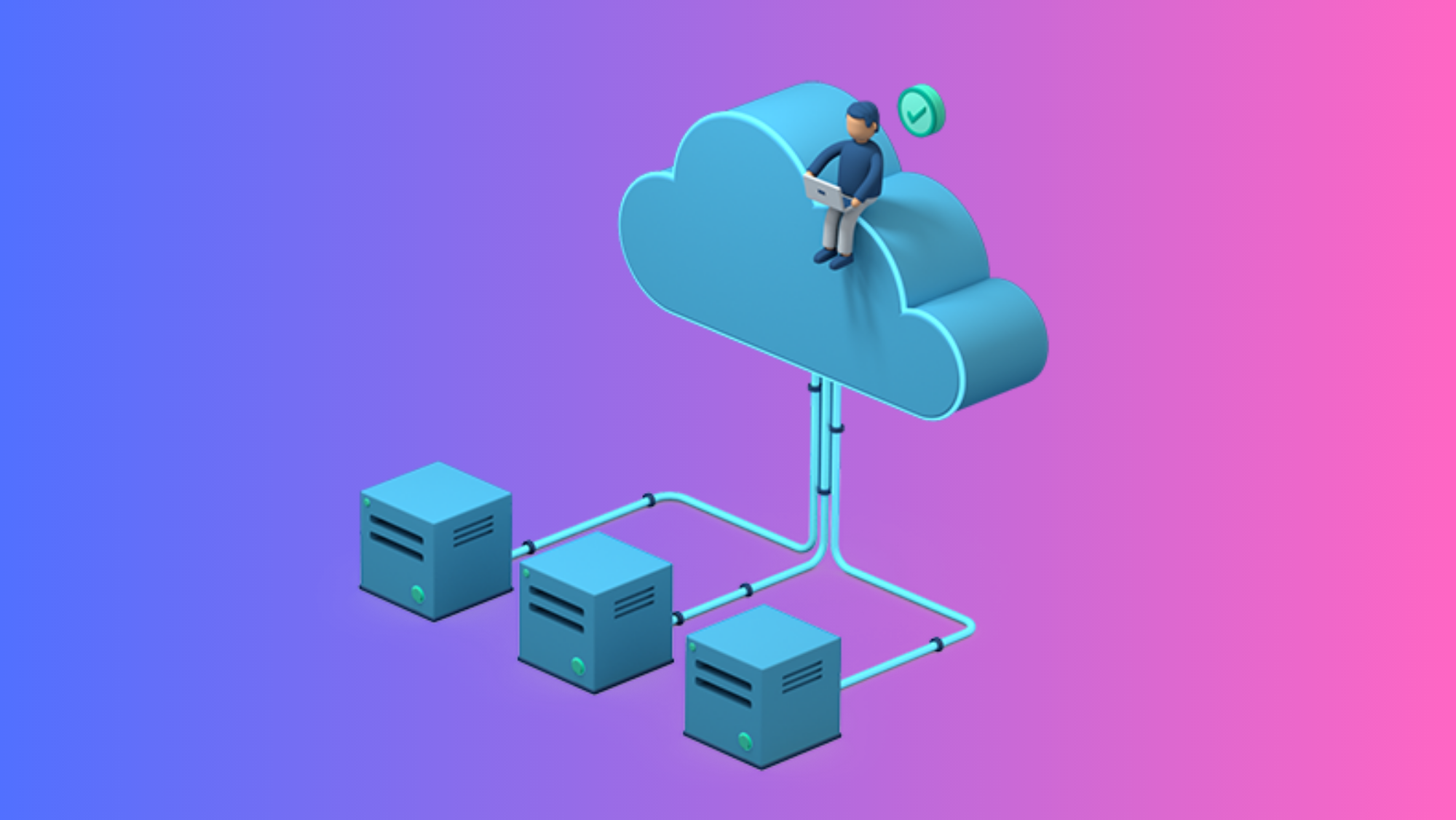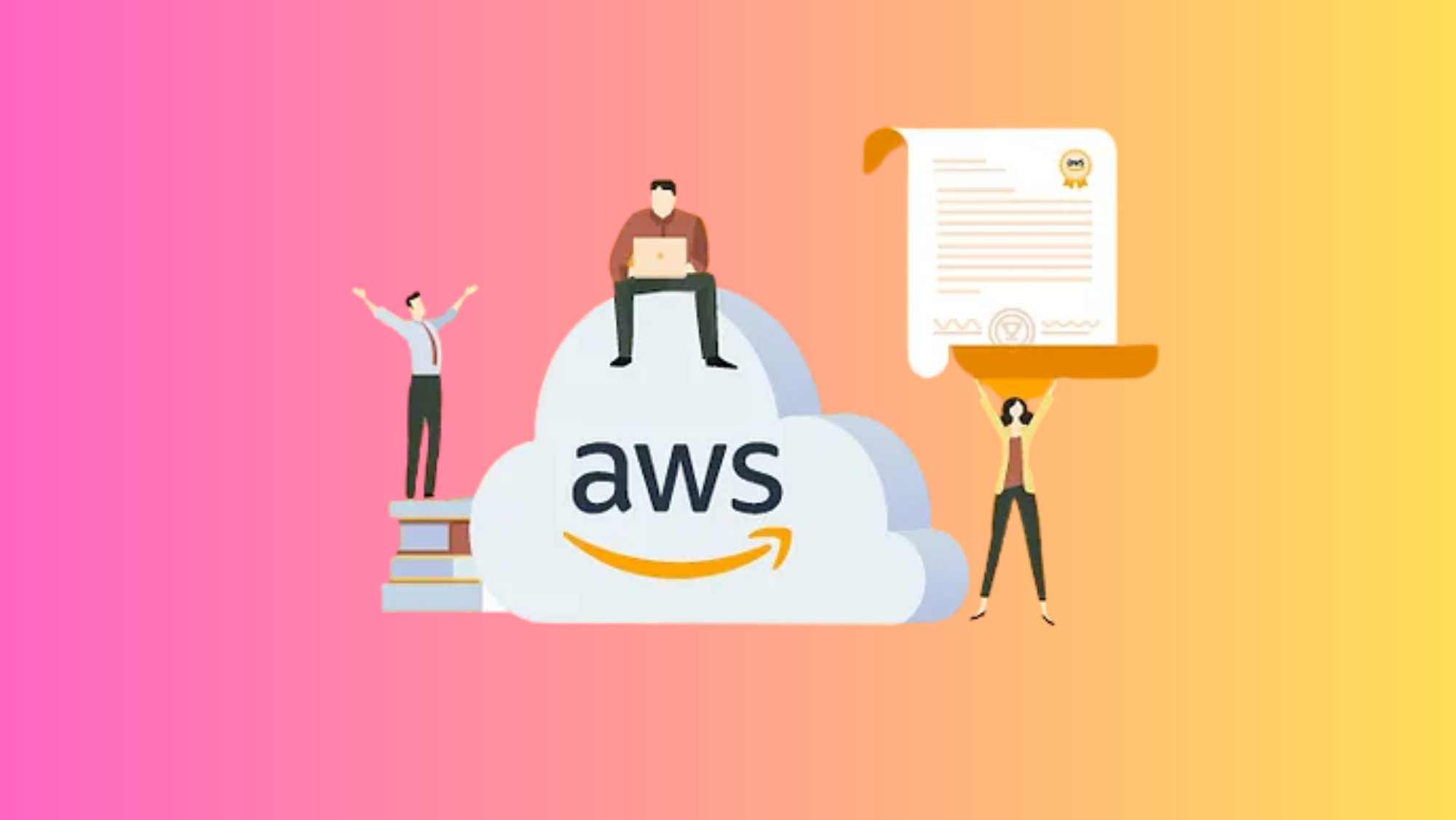Share this course’s details with your family and friends.
AWS Training in Bangalore
AWS Training in Bangalore Offered by myTectra is the most powerful AWS Training ever offered with Top Quality Trainers, Best Price, Certification, and 24/7 Customer Care. Learn Virtually Anywhere. Get Started AWS Online Training Now!
20% Limited Time Offer
Learn Virtually Anywhere. Award-Winning Training Company.
High-Quality Training Awaits You
Join over 100000+ learners who have taken up training with myTectra. Get High-Quality Training, Certification, Best Price and 24/7 Customer Care.
Key Program Highlights:
- Delivering top-notch education to equip you with essential skills.
- Learn from industry experts with real-world experience.
- A thorough curriculum covering all necessary topics.
- Dedicated support to help you secure job placements.
- High ratings reflecting our commitment to quality.
- Hands-on experience through real-world projects.
- Personalized, engaging learning for better outcomes.










About Program
Learn Amazon Web Services (AWS) from beginner level to advanced techniques with top experienced working professionals. With our Amazon Web Services Training, you’ll learn concepts at an expert level with practical manner.
At the End of the training, you will also receive Certification and official course material issued by myTectra. myTectra Offers AWS Training since 2013 and retained the positions of Top AWS Training Company in Bangalore and India. Let's start your career.
Curriculum:
Chapter 1: Introduction
- Introduction to the cloud
- Getting started what all you need
- The exam blue print discussion
Chapter 2: Cloud Computing
- Introduction to Cloud Computing
- Why Cloud Computing?
- Benefits of Cloud Computing
- Types of Cloud Computing
- Public Cloud
- Private Cloud
- Hybrid Cloud
- Community Cloud
- Software as a Service
- Platform as a Service
- Horizontal vs vertical scaling
- Cloud Computing Issues
- Security
- Costing Model
Chapter 3: Introduction To AWS
- Signing up for AWS
- AWS Free usage tier
- Introduction AWS management console
- Regions and Availability Zones – How to choose the right one
- AWS Marketplace
Chapter 4 : EC2 – Elastic Cloud Compute
- EC2 concepts
- Amazon Machine Images (AMI)
- Security groups
- Public and Private IP’s
- Key Pairs
- Elastic IP’s
- Instance Types
- Finding the right AMI
- Launching an instance – How to choose the right instance type
Chapter 5 : Amazon Elastic Block Store – EBS
- Create and Delete EBS volumes
- Attach and detach EBS volumes
- Mounting and unmounting EBS volume
- Creating and deleting snapshots
- Creating volumes from snapshots S3(Simple Storage Service)
- Upgrading EBS volume types
Chapter 6 : Simple Storage Service
- Introduction to S3
- Creating and deleting buckets
- Adding objects to buckets
- Permissions
- Object Versioning
- Lifecycle Policies
- Durability and redundancy
- Security and Encryption
- Cross Region Replication
- Storage Gateway
- Import Export
- S3 Transfer Acceleration
- Glacier storage
- Snowball
- Create a static website using S3
Chapter 7 : Cloud Watch
- Monitoring the AWS Service Health Dashboard
- Using Cloud watch for Monitoring
- Setting up your metrics
- Setting up notifications
- Creating Alarms/ Events
Chapter 8 : Elastic Load Balancer (ELB)
- Components and types of load balancing
- Health Checks
- Load Balancing with EC2
Chapter 9 : Identity And Access Management (IAM)
- Creating Users and Groups
- Applying policies
- Password Policy
- Roles
- Creating a Billing alarm
Chapter 10 : Relational Database Service (RDS)
- Selecting the Engine
- Configuring the Database Engine
- Setting up automatic backups
- Multi Availability Zone
- Read Replicas
- Authorizing access to the DB via DB Security Groups
- Dynamo DB
- Redshift
- Elastic Cache
- Aurora DB
Chapter 11 : Virtual Private Cloud (VPC)
- Introduction to Amazon Virtual Private Cloud (VPC)
- VPC Advantages
- Default and Non-default VPC
- Components of VPC
- Direct Connect
- Describe, create, and manage Amazon Virtual Private Cloud
- Amazon VPC, Private Subnet, and Public Subnet
- AWS Networking, Security Groups, and Network ACLs
- NAT
- Internet Gateway
Chapter 12 : Autoscaling
- Get Started with Auto Scaling Using the Console
- Maintain a Fixed Number of Running EC2 Instances
- Dynamic Scaling
- The lifecycle of autoscaling
- Policies of autoscaling
- EC2 Placement group
Chapter 13 : Amazon Cloud Front
- How Cloud Front Delivers Content
- Locations and IP Address Ranges of Cloud Front Edge Servers
- Working with Distributions
- Working with Objects
Chapter 14 : Route 53
- Registering Domain Names
- Configuring Amazon Route 53 as Your DNS Service
- Working with Public/Private Hosted Zones
- Working with Resource Record Sets
- Understanding routing policie
- Using Traffic Flow to Route DNS Traffic
- Health Checks and DNS Failover
Chapter 15: Application Services
- SQS – Simple Queue Service
- SWF – Simple Workflow Service
- SNS – Simple Notification Service
- API Gateway
- Kinesis
- Lambda
Chapter 16 : Project - The Real World - Creating A Fault Tolerant Word Press Site
CASE STUDIES – WELL ARCHITECTED FRAMEWORK
- Introduction to well-architected framework
- Security
- Reliability
- Performance
- Cost
Join the Course Now!
Learning Path
Master new skills to achieve your career goals.
Demo Session
Participate in a demo session for an overview of the course content. You will meet instructors and fellow learners, ask questions, and understand the teaching approach, helping you gauge the course’s relevance to your goals.
Enrollment
Complete your registration to join the course. You will gain access to the Learning Management System (LMS), where all materials, schedules, and resources are available, ensuring you’re ready to embark on your learning journey smoothly.
Live Classes
Engage in live classes led by experienced instructors covering core topics in depth. Interactive discussions and Q&A sessions encourage active participation, enhancing your understanding and retention of the material taught.
Hands-On Project
Complete a hands-on project that applies your learned skills in practical scenarios. This project simulates real-world challenges, allowing you to build a portfolio piece that showcases your competencies to potential employers.
Certification
After completing the course and project, you will receive a recognized certification that validates your expertise and enhances your professional credentials in your chosen field.
Career Support
Access career support services after certification, including resume workshops, interview preparation, and job placement assistance. These resources equip you with the tools needed to transition successfully into the workforce.
Clients Testimonials
Hear what our students say about myTectra



Hear from Our Successful Learners!
Discover how myTectra transformed their careers—your success story could be next!
Course Features
Expert Trainers
Courses are delivered by experienced working professionals and subject matter experts with real-world experience.
Hands-On Training
We provide learners with practical experience through real-world scenarios, projects, and interactive exercises.
Customizable Corporate Training
Tailored training solutions designed to meet the specific needs of organizations and teams.
Certifications & Assistance
Certifications offered by myTectra align with international standards and we also help you to prepare for globally recognized certifications.
Global Recognition
Trusted by individuals and enterprises worldwide, with a track record of successful alumni and partnerships.
24 x 7 Expert Support
We have a 24x7 online support team to resolve all your technical queries, through a ticket-based tracking system, for a lifetime.
Gain prestigious credentials and recognition
Start Learning Today. Access Your Resources for a Lifetime!
Enjoy lifetime access to myTectra’s Learning Management System (LMS), including session recordings, study materials, and resources. This ensures continuous learning and easy reference to course content even after completion.
Resume Preparation Made Professional and Impactful
Get expert guidance in crafting a professional and impactful resume. myTectra’s resume-building support helps highlight your strengths, certifications, and skills effectively, increasing your chances of landing your dream job.
Prepare for Success with Expert Mock Interviews
Prepare for real-world interviews with personalized mock interview sessions conducted by industry experts. Receive feedback on your performance, learn key interview techniques, and gain the confidence to succeed in job interviews.
FAQs
Would you like to reach us for the training for your team? Please fill the below form. We will get back to as soon as possible.
myTectra is providing 100% placement assistance on our key courses. We help you with the career counselling, Exams on Key courses, Mock Interviews and Technical Interviews Tips.
Landing an interview proves that you have the job-specific skills for the position, but how do your interview skills stack up? Also, Soft skills are often the most important factor in showing you're the best candidate for the job.
Hence we are conducting FREE TRAINING on Soft-Skills worth Rs-25, 000 to all myTectra students which will help you to attend the interviews with more confidence.
You will never miss a lecture at myTectra. You can choose either of the two options:
Classroom Training:
- If you miss one or few classes we can give a backup class based on trainer and your convenient time.
- In case if you miss many classes, we can reschedule your class with upcoming batches or other running batches based on how many courses topics you have completed so far.
Live-Online Training:
- View the recorded session of the class available in your LMS.
- You can attend the missed session, in any other live batch.
Yes. We arrange a free demo for all the courses either in the Classroom or Live-Online demo. Please fill the demo request form below to schedule a free demo.
Just give us a CALL at +918047112411 OR email at support@mytectra.com
- Visa Debit/Credit Card
- American Express and Diners Club Card
- Master Card
- PayPal
- Net Banking/Wire Transfer
- UPI Payment such as Google Pay, PhonePe, Paytm
- Cash/Cheque/DD ( Not for Online Training )
For Individual:
Classroom Training - Bangalore
Live-Online Training - Globally
For Corporates:
Classroom Training - We deliver classroom training for corporate in more than 20 countries. Send us an Enquiry Now!
Online Training - Globally
* All of the classes are conducted live online. They are interactive sessions that enable you to ask questions and participate in discussions during class time. We do, however, provide recordings of each session you attend for your future reference.
Our Trainer’s are chosen not only for their knowledge and expertise but also for their real-time experience in the respective courses.
Related Programs
Career Services

Placement Assistance
Exclusive access to myTectra Job portal
Mock Interview Preparation
Resume & LinkedIn Profile Building

Access to Soft Skill Enhancement
One-on-one career guidance
Related Blogs
Explore Tips and Resources to Boost Your AWS Journey

AWS Certification: Your Path to Becoming a Cloud Computing Expert

Everything You Need to Know About AWS Training

3 Steps to Become a Cloud Computing AWS Expert
Find AWS Course in Other Cities
AWS Training in BangaloreYes. myTectra Offers Classroom Training in Bangalore on aws and Live-Online Training on aws Globally. |
AWS Online TrainingYes. myTectra Offers Live Online Training on aws Globally. |
AWS Training in MarathahalliYes. myTectra Offers Classroom Training in Marathalli - Bangalore on aws and Live-Online Training on aws Globally. |
Best AWS Institute in BangaloreYes. myTectra Offers Classroom Training in Bangalore on Python Programming and Live-Online Training on aws Globally. |
AWS Training in BTMYes. myTectra Offers Classroom Training in BTM Layout 2nd Stage - Bangalore on aws and Live-Online Training on aws Globally. |
AWS Training in BTMYes. myTectra Offers Classroom Training in BTM Layout 2nd Stage - Bangalore on aws and Live-Online Training on aws Globally. |







